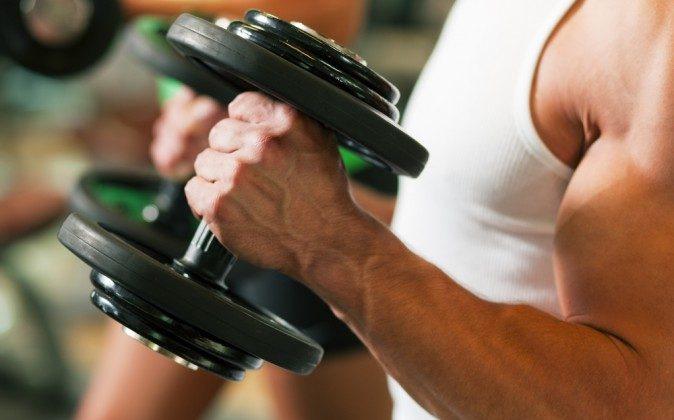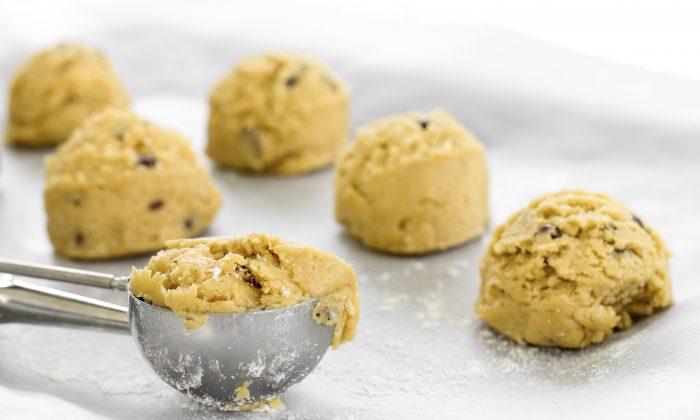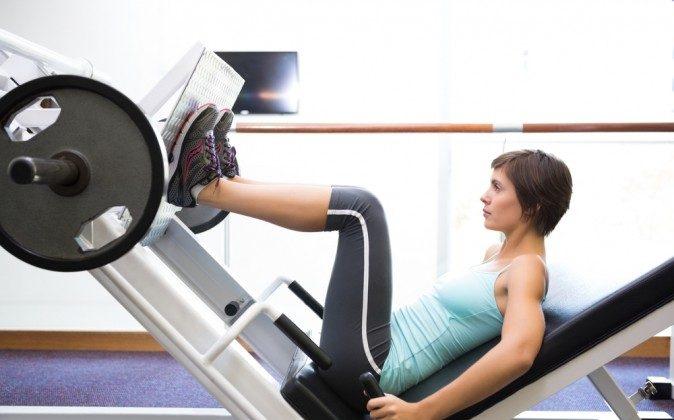I’ve recently taken on a new batch of coaching clients, and in designing some workouts, I realize that I’m sure a lot of these people aren’t going to know what the heck I’m talking about.
You see, as I’ve gone over some assessment forms and applications, I realize that while most of my clients (meaning both the new ones, and my clients historically) have a decent training background, a lot of the programs they’ve done are pretty basic.
Not that there’s anything wrong with that—you can get great results from basic programming—but of course it has some obvious limitations.
To that, I realize that I’m going to have to get these guys and gals used to some funky/awesome new exercises. Which means that I’ve been digging into my video archives.
And because I truly love some of these exercises, I think you'll get a lot out of them, too; which is why I’ve put together this list.
Here are five of my favorite exercises that I try to work into the programs of my coaching clients (when injuries to not preclude it) as frequently as possible.
The Y-Press
This variation of the overhead press ends up with you looking like a Y—hence the name. You press your arms out to 45* instead of straight up. By doing this, you put your arms in a mechanically weaker position. Gravity is pulling the weights down, and your arms in the weakened state have to work not to fall out laterally.
This stimulates you in a way that a traditional overhead press doesn’t. While you’re not likely to build huge delts with this exercise, it’s fantastic for shoulder stability, and as a warm up.
Go light here – start with dumbbells so light you’re almost embarrassed, and try 15 reps.
Super Charging Tip: To really activate the itty bitty muscles like the infraspinatus and supraspinatus as stabilizers, hold for 1 second at the top of the movement.
The Zottman Curl
This is an old one that was popularized by Charles Poliquin. The Zottman curl falls under a category of exercises known as “compound-isolation movements.” This means that one phase of the movement is a compound movement, and the other phase is more of an isolation exercise.
I’ve written about CIM’s before, and I think they’ve great for both strength and mass. The first factor to consider is the number of muscles involved. Unless you have some very bizarre strength imbalance, you'll be able to use much more weight for a compound movement than you could for an isolation movement, assuming that both lifts use the same primary mover.
Another factor that we must take into account is eccentric or negative strength—which can be up 175% greater than concentric strength (although it’s been shown that, generally, eccentric strength is roughly 50-75% greater than concentric strength in most non-elite trainees).
Compound-isolations come as a result of the two above factors. We know that you’re stronger in a compound movement than an isolation movement. We also know that you’re stronger negatively than you are positively. So, in order to put this knowledge to some muscle-building use, we “change it up.” That is, you perform a compound movement concentrically, and then switch in the middle and execute the eccentric portion of an isolation exercise that relies on the same primary mover; due the mechanical advantages inherent to each part of the lift, you'll be able to use a weight that is significantly challenging in both the positive and negative phases of the exercise.
A Zottman curl is a hybrid of a traditional dumbbell curl, and a reverse curl.
Here’s a video:
In the case of the Z-curl, the bicep curl (which is generally considered an isolation exercise) serves as the compound movement—because it involves the biceps, as well as the brachialis and brachioradialis. The reverse curl mostly focuses on the brachioradialis, or forearm muscle.
Again, you can almost certainly curl more than you can reverse curl—but you can probably lower a great deal of weight in the negative phase of a reverse curl. A Zottman allows you to do both.
This exercise is a great substitution for just about any biceps exercise, but is really phenomenal for building forearm and grip strength (which, in turn, will allow for greater biceps development).
Super Charging Tip – If you really want to take your arm—especially forearm—growth to the next level, try Zottman’s with FAT GRIPZ on the dumbbells. Killer!
Okay, so that’s just TWO of the FIVE exercises I have for you. I wanted to keep this post short and sweet
This article was written by John Romaniello, NSCA-CPT, CSCS and originally published on www.romanfitnesssystems.com.
*Image of “dumbbells“ via Shutterstock






Friends Read Free